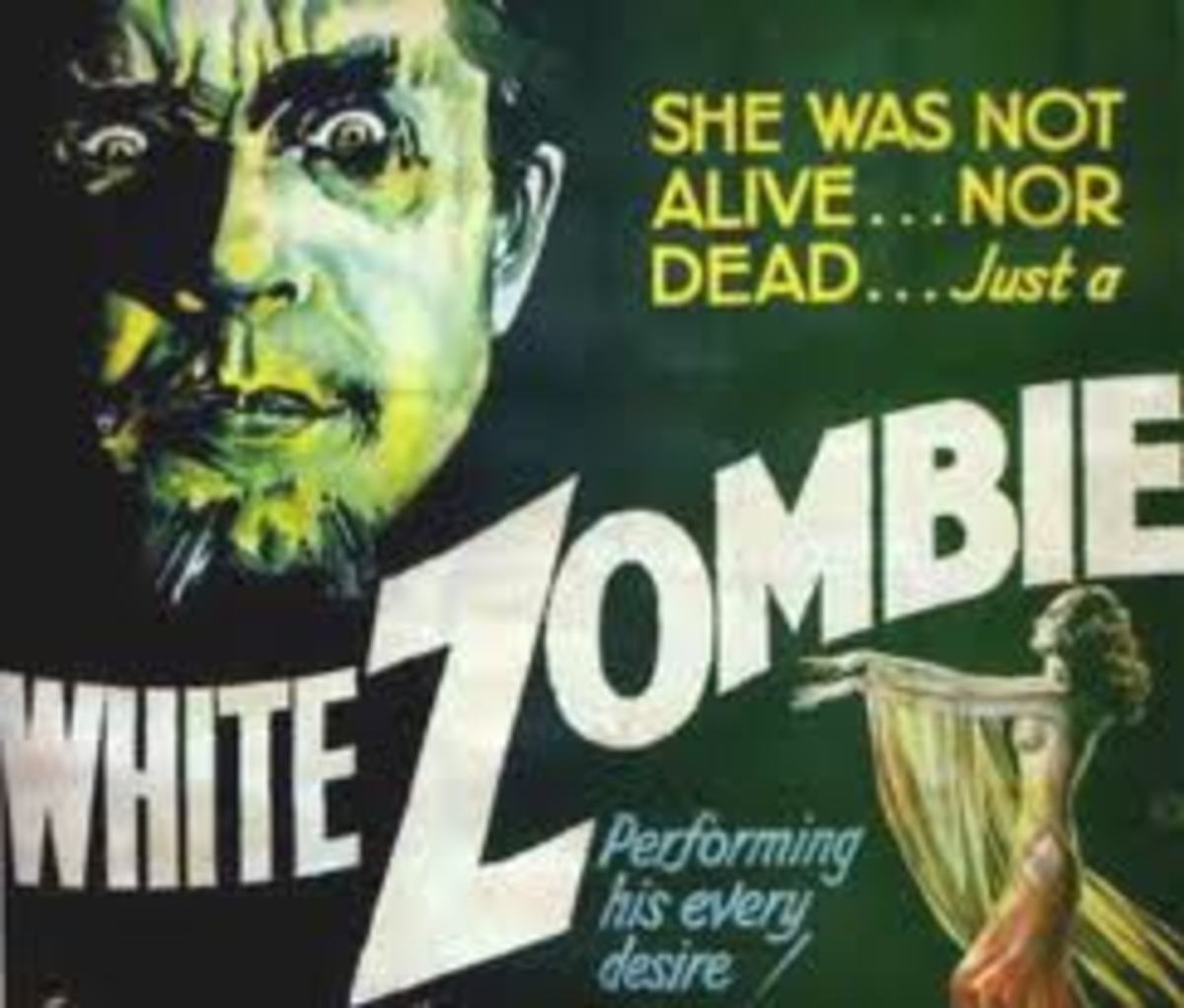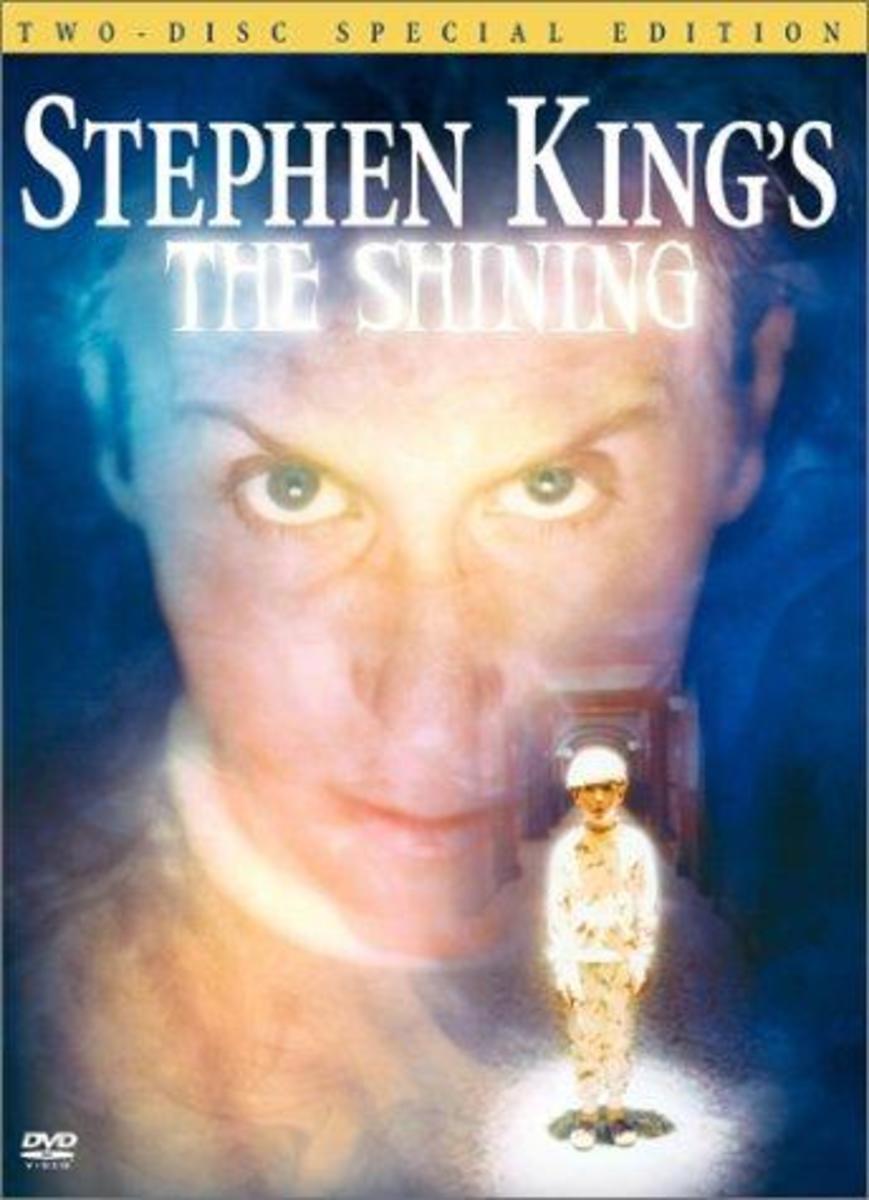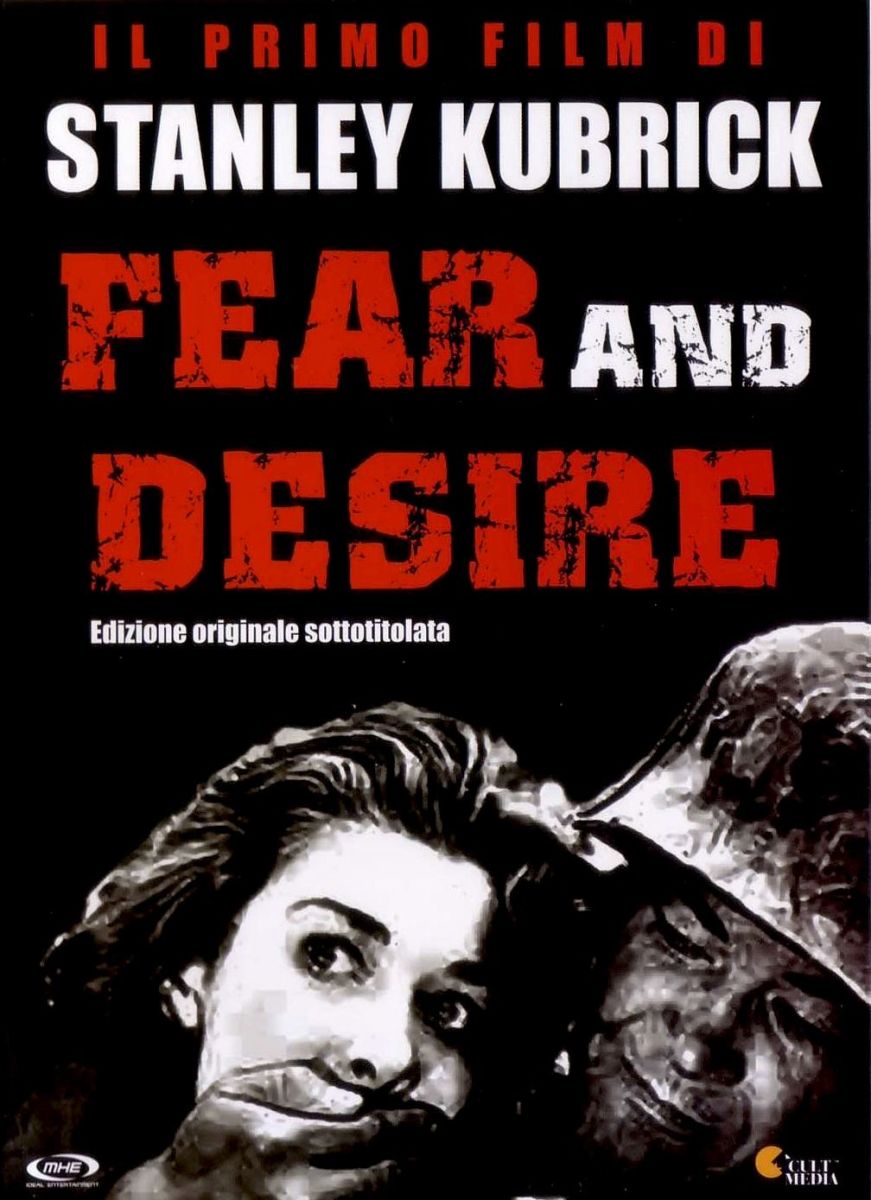Genre Bending in The Shining - What is Horror
Is The Shining a horror film?
The fact that this question should be asked at all is a testament to Stanley Kubrick’s ability to create films outside of generic templates. Critics such as Richard Schickel touted Kubrick’s gall in “bleaching out of all the cheap thrills…” in a film that was billed as “Stanley Kubrick’s epic nightmare of horror.” Kubrick’s film almost pretends to give the audience the classic horror elements of male attacker and woman and child in danger, but then subverts all of that somehow and instead subtly creates the male psyche as the actual target. As Richard Jameson puts it, “(Kubrick) hasn’t even systematically subverted (the horror genre) so much as displaced it with a genre all his own.” The villain in The Shining turns out to be the hotel itself as it slowly pulls Jack Torrance (Jack Nicholson) back into its clutches. By pretending to deliver one thing and delivering another in a classic Kubrickian game of bait and switch, the audience is left slightly confused and unsure of whether to be more or less scared because of the switch.
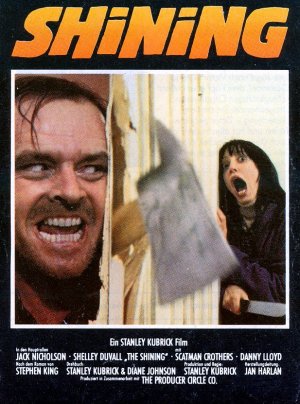

All of the very base elements of horror are certainly still present in The Shining. There is a villain, who (or that) is out to destroy someone (it is arguable whether the hotel wants to destroy Jack or his family, or both). There is certainly a supernatural element, made all the more intriguing by the mention of the Indian burial ground, and the ambiguous ghostly ending. Kubrick even alludes to the supernatural or ghost element through his use of cutting. When Stuart Ullman (Barry Nelson) and Bill Watson (Barry Dennen) greet Jack and offer to show him around, Jack says “I better collect my family first,” and he moves further into the hotel as the scene fades into another. The method of this particular dissolve makes the people translucent first so that if the film is paused at 20:44, Jack appears very ghostlike gliding deeper into the hotel to “collect” his family. Kubrick even has a modified chase scene at the end of the film. Slightly foreshadowing the Friday the 13th films, when Jack begins to chase Danny through the hotel, Danny runs along ahead of the plodding, limping, demented Jack, and the audience is led to believe that he will be unable to escape. Of course, Danny does escape and Kubrick instead allows Jack to kill Dick Hallorann (Scatman Crothers). Kubrick gives the audience one very violent moment in a film that the audience expects to be very violent. Given the other films released in near proximity such as The Amityville Horror or Alien, audiences of the time were surely expecting a gruesome and violent movie the likes of which the previously mentioned films had not reached. Kubrick, as always, instead gave the audience a psychological thriller that played (and alluded) more to the likes of Psycho than any of the gore films of the time.
Kubrick is quoted in Vincent LoBrutto’s biography as, “…ghost stories appeal to our craving for immortality. If you can be afraid of a ghost, then you have to believe that a ghost may exist, and if a ghost exists, then oblivion might not be the end.” Obviously this quote, when paired with the viewing of Kubrick’s “ghost” story, can be read many different ways. It seems to me that Kubrick likes the concept that oblivion is not the end, but The Shining certainly does not paint a pretty picture of what dreams may come in this version of afterlife. My take on The Shining’s rather ambiguous ending is that Jack originally lived at some point in the 1920s and was the caretaker who originally lost his mind (possibly due to the sacrilegious building on an Indian burial ground) and killed his family and himself. It is possible that Kubrick’s message is that if a human enacts some monstrous act during their life, their Hell becomes the repetition of that act throughout time. This concept is very similar to many religions.

In Greek mythology, Sisyphus cheats death by tricking Pluto and when he is finally brought back down to the afterlife, his punishment is to roll a boulder up a hill only to see it roll back to where he started. In Buddhism, a soul cannot find enlightenment until it has transcended human suffering. Until a soul reaches Nirvana, that soul is doomed to return to the world of the living and continue to endure human suffering until the lesson is learned. Obviously the Buddhist view is slightly more hopeful with the intent that one day the prison of repetition may be escaped, but it is still a prison of repetition that souls must face whether eternal or not. Kubrick makes no suggestion on whether Jack’s prison is eternal, except to have Delbert Grady (Phillip Stone) say that Jack has ALWAYS been the caretaker. This of course implies that he will continue to be the caretaker, but the fact that Jack is unable to complete his “mission” and “correct” his family by chopping them up, could mean that the cycle has been broken and Jack is now free to continue into the afterlife. This position could be reinforced by the ending zoom on the picture with Jack full of smiles as though his hard lesson had finally been learned. Jack is even waving in the picture, perhaps he is waving goodbye to the hotel.
Another significant religious reference seems to be the blazing red bathroom scene where Jack meets Delbert Grady in person. This scene is brilliant in it role shifting. As Richard Jameson points out, Jack and Grady switch roles repeatedly throughout this scene with Jack first as the dominant figure questioning Grady and Grady submissively attempting to answer. Grady then almost becomes the devil in this blood colored bathroom and informs Jack that it is his duty to “correct” his family. The confusion over who Grady really is and whether Jack is actually Grady reborn (or Grady is Jack reborn before Jack becomes Grady reborn) lends the air of instability to an already unstable scene/character. Jameson says, “Surely this distraction of self is Hell, not the seamy vicious gestures by which the lost soul expresses its violence.” This seems most accurate not just in defining the bathroom scene, but the entire film. Kubrick promises blood and vengeance (of a sort) throughout the film, but delivers it in amazingly subtle and psychological ways.
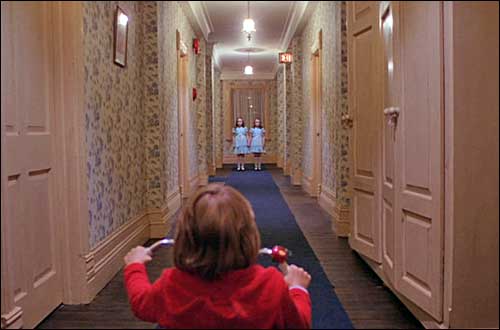
The Shining is most assuredly a horror film. It is also most unlike any of the horror films that were released around the same time. With its clear references and allusions to older classic horror films such as Psycho, The Shining serves as a new direction. Brian DePalma says about auteurs like Kubrick making horror films, “They think it’s a sleazy form and they’re doing it to make money so they can go out and make more message pictures.” Clearly, Kubrick is not slumming with The Shining. He takes elements from classic Hollywood horror and, instead of turning to the then (and now) popular method of over-the-top gore (see Peter Jackson’s Braindead), Kubrick embraces the highly cerebral version of horror.
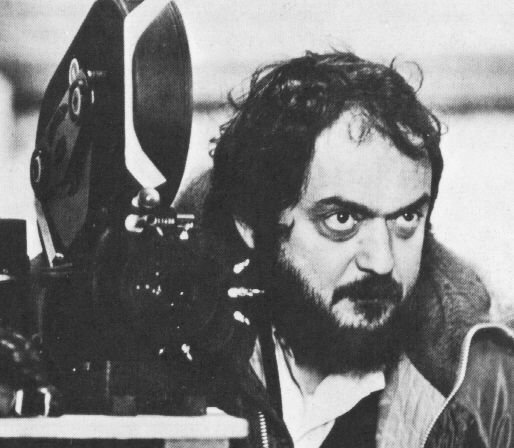
As a studied and certainly more than proficient chess player, Kubrick
orchestrates the film as he would a chess game. In LoBrutto’s
biography, he talks about actor Tony Burton who played Larry Durkin (the
auto-shop owner) in The Shining and who stayed on for five weeks after
he was done shooting his part simply to play chess with Kubrick. Burton
is quoted as saying, “Stanley plays a classical, conventional style…
Stanley didn’t like to trade pieces. He liked to keep the board full of
possibilities and tension in the middle. Stanley waited for you to
make a mistake and then he pounced on it.” This description of
Kubrick’s chess playing style could be almost directly translated into
his filmmaking style. Throughout The Shining, Kubrick keeps the options
open. The audience is never really sure if Jack is seeing things
because he’s crazy or if there really are ghosts in the hotel. Kubrick
also keeps the characters, much like the chess pieces, at peripheral
angles, almost ready to strike. The distance between Jack, Wendy, and
Danny is unequivocally clear both emotionally and physically throughout
the film, but they are always poised and seem ready to act when one of
them falters.
The Shining is another Kubrick film that is very difficult to pin down to a genre. Jameson says, “Who bothers to characterize Dr. Strangelove as an “anti-war film,”… The Shining is “A Stanley Kubrick Film…”” It is hard to disagree with Jameson’s point that Kubrick in many ways completely fails (or really avoids) placement in a generic sense. I will always consider The Shining a horror film because it speaks to some dark place inside the audience that almost scares them without their knowledge, or permission, and that makes it a great horror film.
Thanks for taking the time to read this hub! Hopefully you found something useful on this page.
Check out some other recent hubs I have posted:



